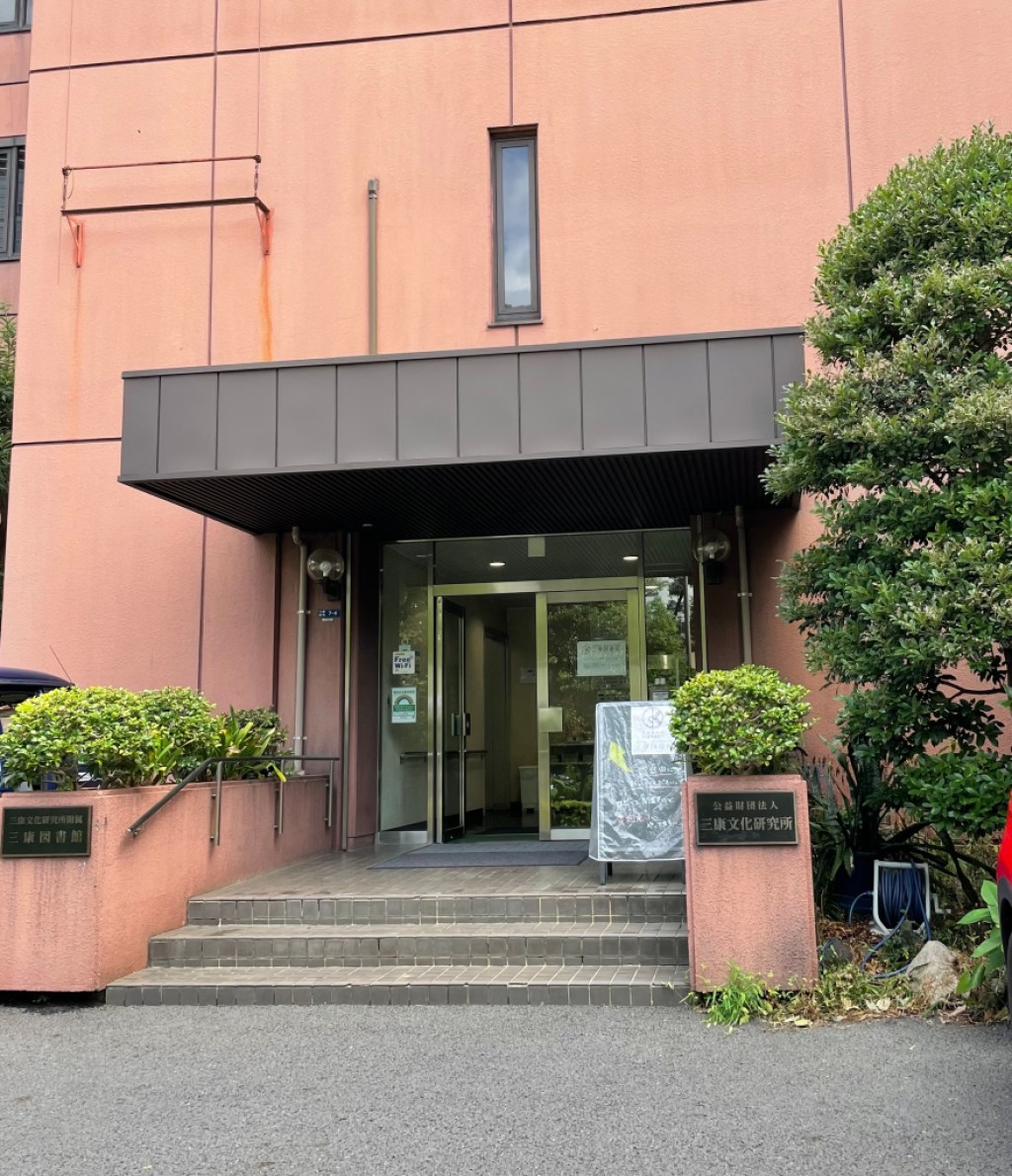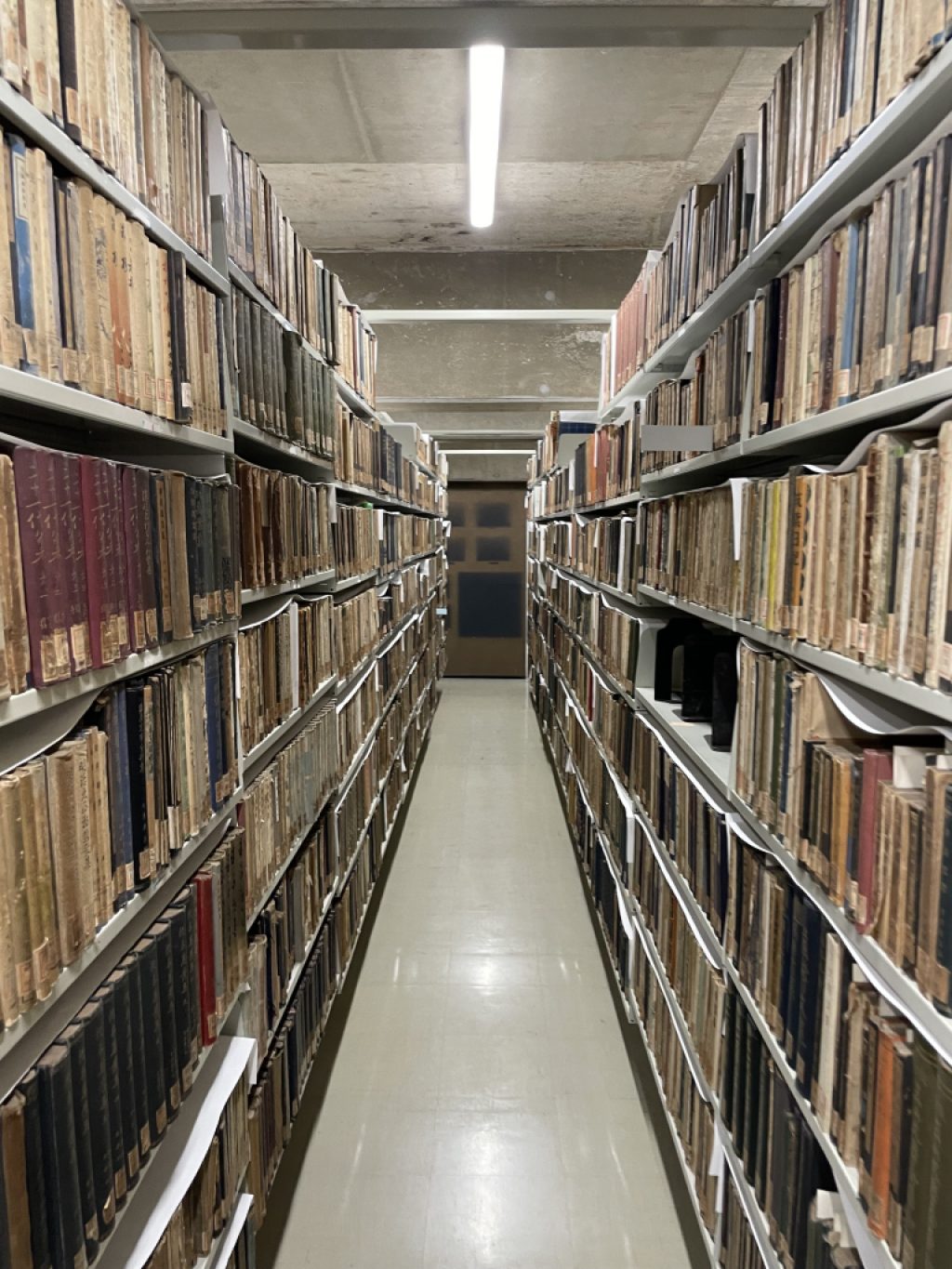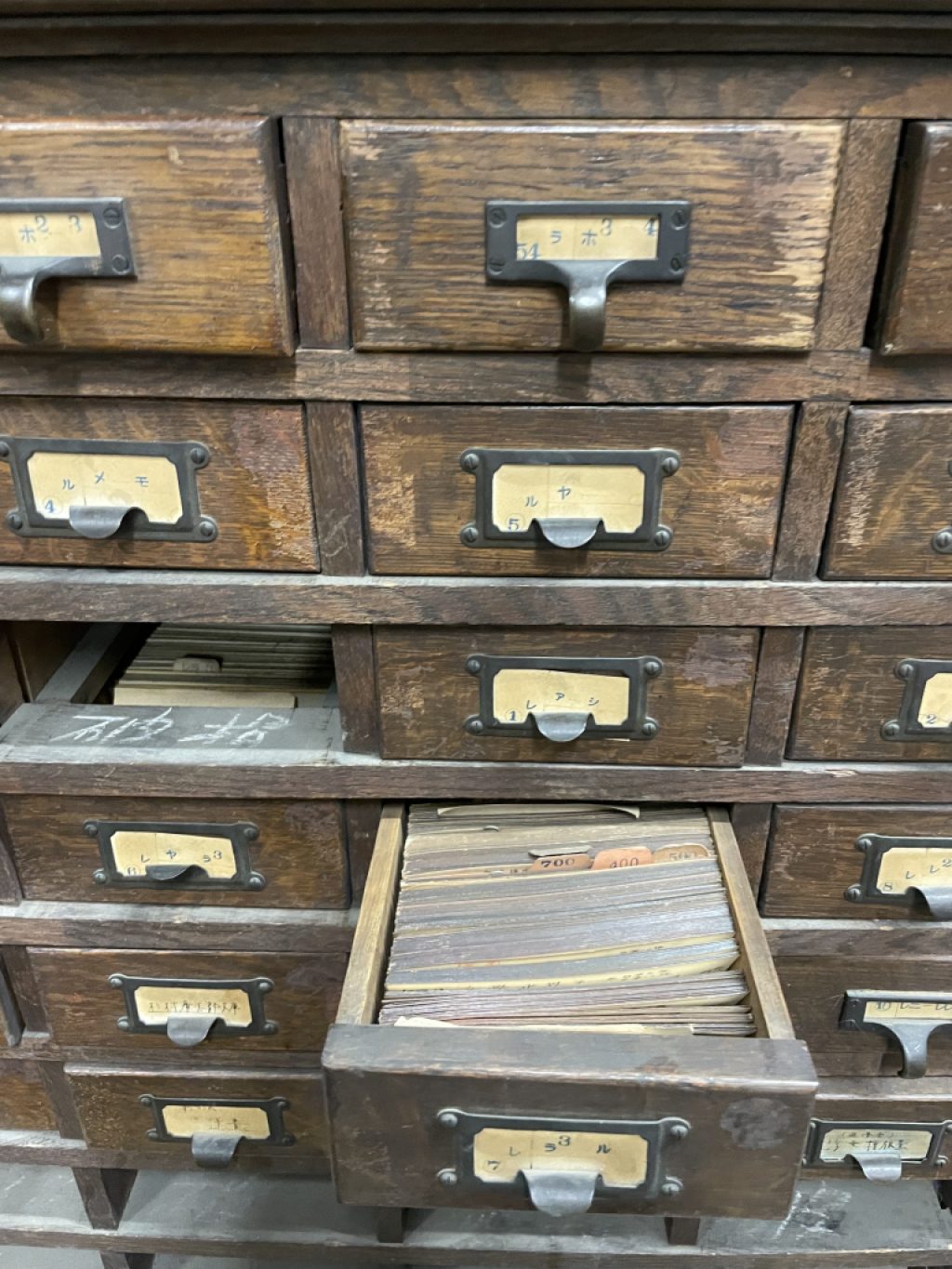In September 2022, some Japanese Wikipedians visited Sanko Library in Tokyo. The participants were Saebou (a.k.a Dr. Sae Kitamura), Norimaki, Eugene Ormandy from “Toumon Wikipedian Club, Japan“, Dr. Youju Ito, and Hiroshi Kamoshida, a staff of Oya Soichi Library. This article describes the details.

Before the Tour
Tomoki Shinya, a staff of Sanko Library became interested in Wikipedia events (editathon) after reading an article “Editing Wikipedia in Oya Soichi Library” which Saebou had wrote. This article introduces WikipediaOYA, an editathon held at Oya Soichi Library in Tokyo. Shinya came to want to hold an editathon like it at Sanko Library.
In September 2022, Shinya consulted Dr. Ito, who is interested in Wikipedia. Dr. Ito introduced some Japanese Wikipedians, Saebou, Norimaki and Eugene Ormandy to him and arranged a tour of the library for the preparation of the editathon. In addition, Eugene Ormandy invited Hiroshi Kamoshida who is a staff of Oya Souichi Library and gave a lot of cooperation to WikipediaOYA.
Sanko Library Tour
On the day of the tour, Shinya firstly guided participants through the book shelves of Sanko Library. Shinya also guided through closed book shelves.
The shelves consist of 5 sections. Those shelves contain various books such as children’s novels, school textbooks, or books which were banned during World War 2. In addition to the books which Sanko Library collected, there are also special collections such as “Takedanomiya-bunko (military book collection of Prince Tsunehisa)” or “Masutani-bunko (Buddhist book collection of Fumio Masutani)”. Sanko Library also has fanzines, which few libraries collect.

Though Sanko Library is a part of Sanko-Bunka-Kekyujo (The Sanko Institute for Culture), which conducts Buddhism research, the library also has various books beside Buddhism books. Kamoshida, a staff Oya Soichi Library praised for the comprehensiveness of Sanko Library’s collection and said “Those shelves are like an encyclopedia.”

Shinya also explained that some books are not recorded in OPAC, so they search them with book catalogs.
Preparing for Editathon
After the tour, participants discussed preparations for the upcoming editathon.
Article
As mentioned above, Sanko Library has various books, so all the participants agreed that they would be able to edit any Wikipedia article. In addition, Saebou pointed out that it would be possible to upload the materials which are public domain to Wikimedia Commons.
Environment
As of September 2022, Sanko Library is limiting the number of visitors to prevent the spread of Covid-19. So, we decided to hold the editathon by invitation only. Moreover, since the number of staff who can handle references is limited, we will ask participants to decide the topic which they edit in advance.
Wi-Fi and power sources, which are indispensable to host an editathon are ensured.
Archive
We set a goal to archive the editathon at various media such as project page on Wikipedia, Diff (Wikimedia Foundation’s blog), and “Current Awareness Portal” which is a newsletter of Japanese National Diet Library.
Conclusion
All the participants were fascinated by Sanko Library. Their comments are as follows.
- It is interesting to see many precious materials.
- There are many useful books to edit Wikipedia.
- I will bring my friend to this great library.
I’m very happy that WikipediaOYA which I produced made another Wikimedia Movement. I’m looking forward to host the upcoming editathon at Sanko Library.

Can you help us translate this article?
In order for this article to reach as many people as possible we would like your help. Can you translate this article to get the message out?
Start translation